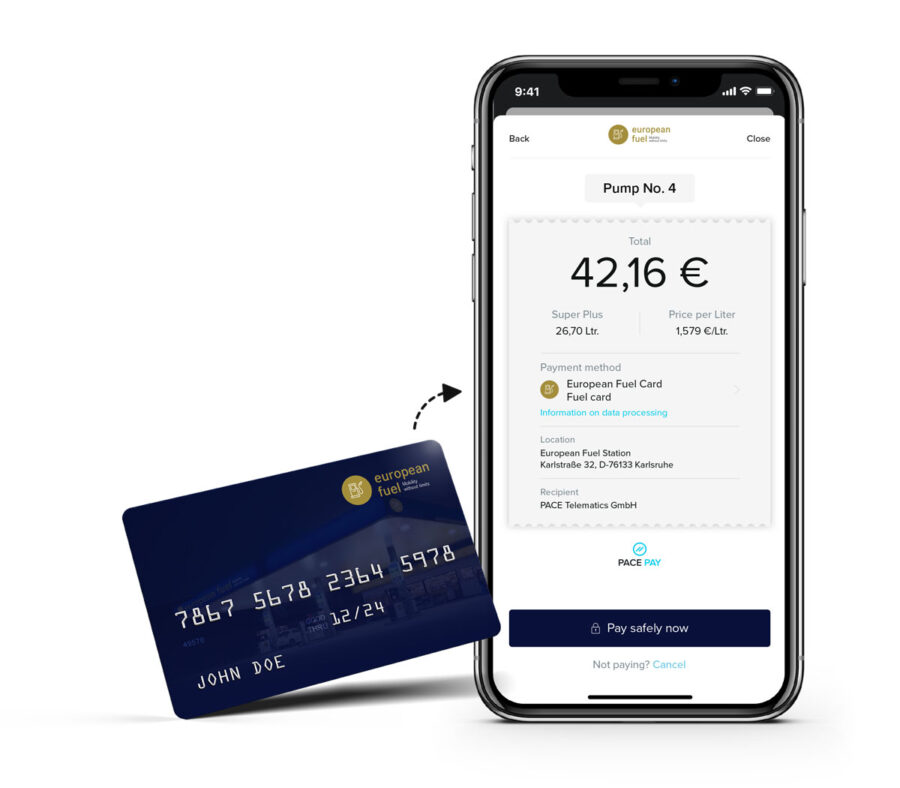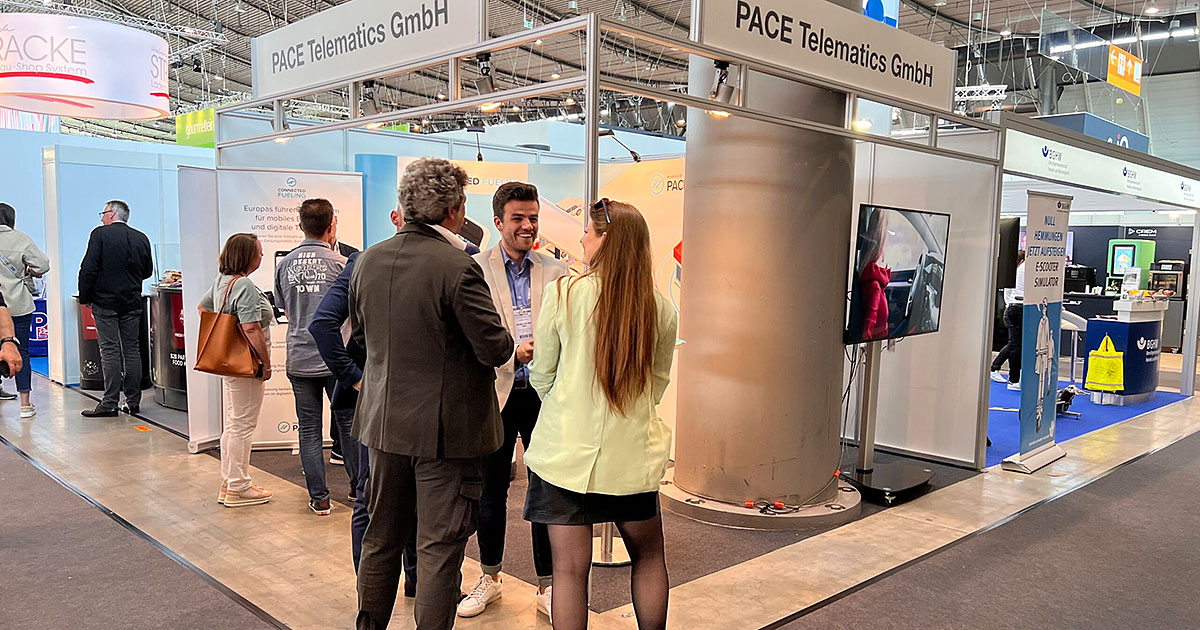
Digitizing a fuel card: How does it work?
With the Connected Fueling Platform, we at PACE have already successfully digitized several fuel cards, such as the DKV fuel card, the Hoyer Card oder the Roadrunner Card. Thus, we’ve become experts in the digitization of fuel cards. But how exactly does it work? What technical options do we use to digitize fuel cards in the most cost- and time-efficient manner possible?
PACE supports the existing authorization process
The less there is to change to enable digital fuel cards, the more likely it is that the implementation can be made possible in a time- and cost-efficient way. PACE supports the existing authorization process on both sides as a technical service provider and connects the authorization server of the card issuer. Furthermore, the fuel card with all its information is integrated into the Connected Fueling platform in such a way that Connected Fueling users can simply store it as a payment method in their account.
The advantage: Existing processes between card issuer and acceptance point, such as billing, remain in place and are used in the same way for transactions with the digital fuel card. By making all relevant data available via a technical platform, PACE supports communication between all parties and thus enables digitization without fundamental changes.
Security: PACE supports the highest industry standards
To ensure that communication is always secure, PACE uses an IFSF (International Forecourt Standards Forum) host-to-host connection to communicate with the fuel card issuer’s authorization server, based on the IFSF 3-50 standard. PACE is a Technical Associate Member of the IFSF and has always developed with a strong emphasis on security. Our focus has always been not only on the requirements of the present, but also on the challenges of the future. Communication between PACE and its partners takes place exclusively through encrypted channels.

How does the process work in practice?
We keep our promise: The process is faster and less costly than in-house solutions. But how does it work in real terms?
- Setting up the host-to-host connection
- Configurating the Connected Fueling solution to meet the specifications of your IFSF implementation
- Setting up new permissions to use the new system
- Creating new scheme-specific reference lists (product classes, restrictions, etc.)
- Setting up an internal reporting and monitoring system
- Creating the frontend for adding cards by users
- Mapping of station identifiers and definition of the matching file and accounting
- Testing
And off you go! This standardized process can be adapted to the individual needs of our partners to get to the finished integration and their own digital fuel card as quickly as possible.
Contact:
Have we sparked your interest? We are happy to talk to you about your specific project and discuss a possible implementation: Please contact sales@pace.car or +49 721 276 664-33.



